Infraorder Brachyura Subsection Heterotremata Rank Superfamily | Section Eubrachyura Scientific name Majoidea Higher classification Heterotremata | |
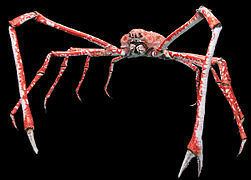 | ||
Lower classifications Majidae, European spider crab, Snow crab, Stenorhynchus seticornis, Mithracidae | ||
The Majoidea are a superfamily of crabs which includes the various spider crabs.
Taxonomy
It comprises five or six families:
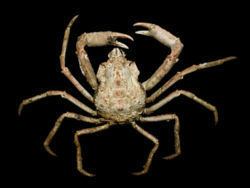
The families "Pisidae" and "Tychidae" are now treated as the subfamilies Pisinae and Tychinae of the family Epialtidae, and "Mithracidae" is now treated as the subfamily Mithracinae of the family Majidae.
Classification according to WoRMS :
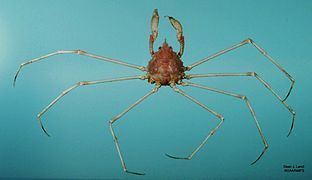
Notable species within the superfamily include:
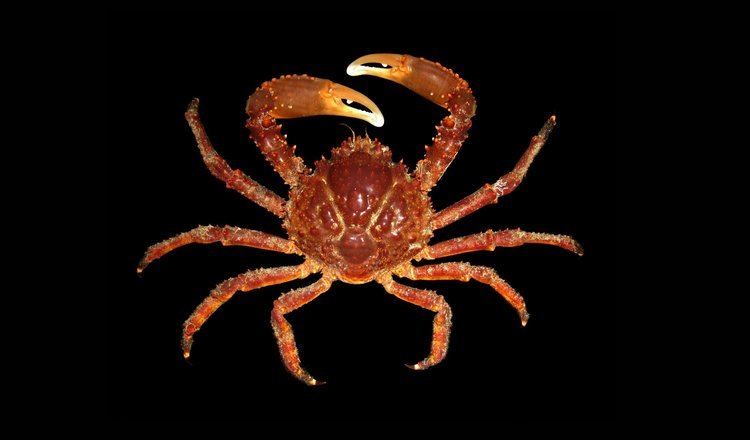
There is one fossil family, Priscinachidae, represented by a single species, Priscinachus elongatus, from the Cenomanian of France.
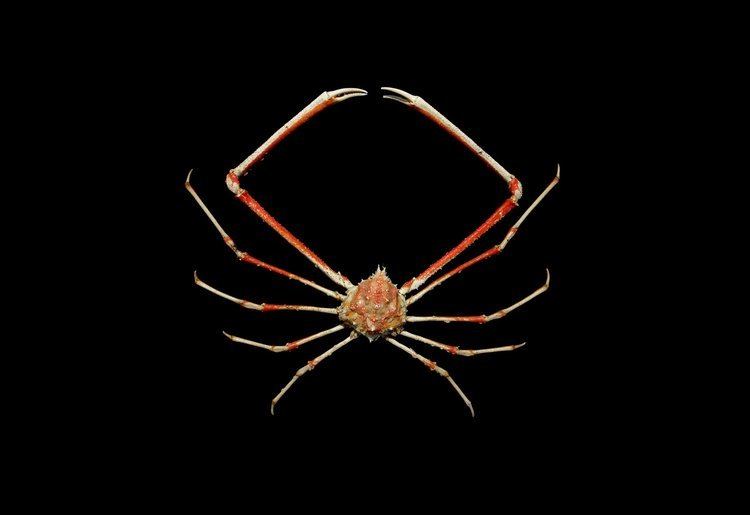
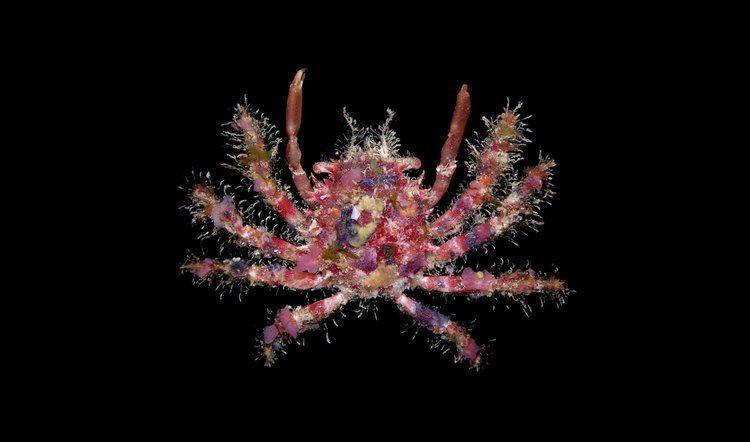
References
Majoidea Wikipedia(Text) CC BY-SA
